Big Fat Lies About Weight Loss
Even doctors are confused about the facts on getting fatter.
A “most read” report in the Sydney Morning Herald by Australian scientists Garry and Sam Egger has separated truth from fiction by surveying doctors and truck drivers on popular myths about weight loss – and they found the doctors were wrong almost as often as the truckies.
1) Fruit juice is about as fattening as beer – TRUE
Both have about the same kilojoule intake, but alcohol cannot be stored and turned into fat.
2) Humans need 8 glasses of water a day – FALSE
The 8 glasses a day rule is “arbitrary and meaningless.” The amount of fluid you need varies according to age, gender, activity level, state of health and the weather – and varies from 3 to 24 glasses a day.
3) Dairy products can help weight loss – TRUE
It’s controversial, but recent research suggests eating low-fat dairy is linked to weight loss.
Dairy ingredients like whey protein, and a combinations of ingredients, like protein and calcium, can increase feelings of fullness, and increase the calories expelled as waste – both of which may assist weight loss.
4) Chocolate is healthy provided it is dark – FALSE
Genuine dark chocolate can have health benefits, but much “dark” chocolate has had the bitter-tasting flavinoids (the good antixodants) removed and cocoa added, changes which do not have to be noted on the labels. Just because it’s labelled “dark” doesn’t mean it’s good for you.
5) Exercise is better than dieting for weight loss – FALSE
While exercise is likely to be important in maintaining weight loss, it’s easier to lose weight by dieting at the start. That’s because reducing intake by 1000 calories a day is the equivalent of walking an extra 15 kilometres daily – unrealistic for most people.
6) A low-protein diet is best for weight loss – FALSE
A reasonable intake of protein is likely to be better for weight loss than a low-protein diet, partly because protein gives a feeling of “fullness”.
The present protein intake of about 13 to 15 per cent of total energy is well below the estimated 25 to 30 per cent often proposed for weight loss and a healthy diet.
7) Fat people don’t get more hungry than lean people – TRUE
There is little reason to believe in a difference in genuine hunger – as distinct from psychologically conditioned ”appetite” – between slim and overweight people.
8) Swimming is better than walking for weight loss – FALSE
In general, the best exercises for weight loss are those that are weight-bearing, such as walking or jogging. Up to 30 per cent less energy is used in activities such as swimming or cycling, which support weight and can be carried out at a more leisurely pace.
9) Weight lifting is good for fat loss – TRUE
Resistance training is often underrated and considered only for the development of strength or size. Weight lifting can be effective for weight loss as well as muscle strengthening.
10) The best measure of body fat is body mass index -FALSE
Body mass index (BMI) – a ratio of weight to height – is less accurate in people with a more muscular body type, some ethnic groups such as Pacific Islanders, and the elderly, whose height shrinks with age. Waist circumference and some other body measures provide better estimates.
11) You lose more weight doing exercise you are good at – FALSE
Individuals become more efficient and expend less energy as they become experienced with a particular form of exercise. A fit, experienced runner, for example, requires less energy to cover a set distance than an unfit individual of the same weight, age and gender.
12) An obese person can be fit and healthy – TRUE
There is accumulating evidence that many obese people are fit and healthy, while a significant proportion of lean individuals suffer from health problems normally associated with obesity. This has led to new questions about the effects of obesity as a marker, rather than a cause, of disease.

 You’ve lost weight – more than once – but you always put it back on again. Experts agree that maintaining loss is the even harder than losing it in the first place. And according to people who should know – a group who lost big amounts and successfully remained slimmed down – regular physical activity is an important part of their success.
You’ve lost weight – more than once – but you always put it back on again. Experts agree that maintaining loss is the even harder than losing it in the first place. And according to people who should know – a group who lost big amounts and successfully remained slimmed down – regular physical activity is an important part of their success.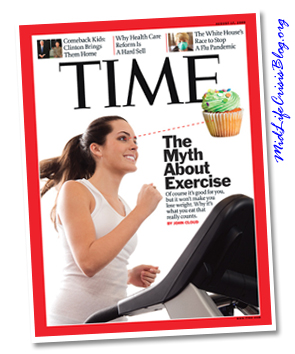 Time magazine and writer John Cloud bought themselves a fight with the Aug 9 cover story Exercise Won’t Make You Thin. Howls from medical professionals, personal trainers, and their nemesis – the people who moan they “exercised for four hours a week and never lost a pound” – are still ringing.
Time magazine and writer John Cloud bought themselves a fight with the Aug 9 cover story Exercise Won’t Make You Thin. Howls from medical professionals, personal trainers, and their nemesis – the people who moan they “exercised for four hours a week and never lost a pound” – are still ringing.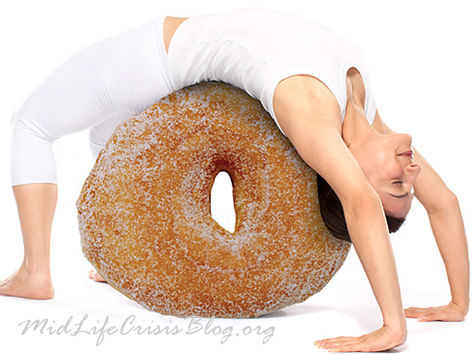
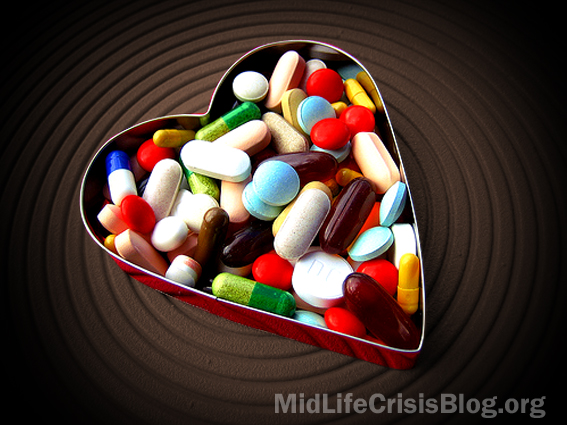
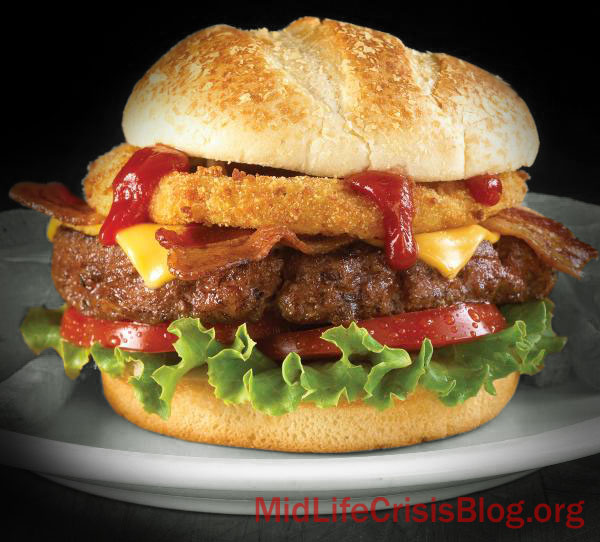
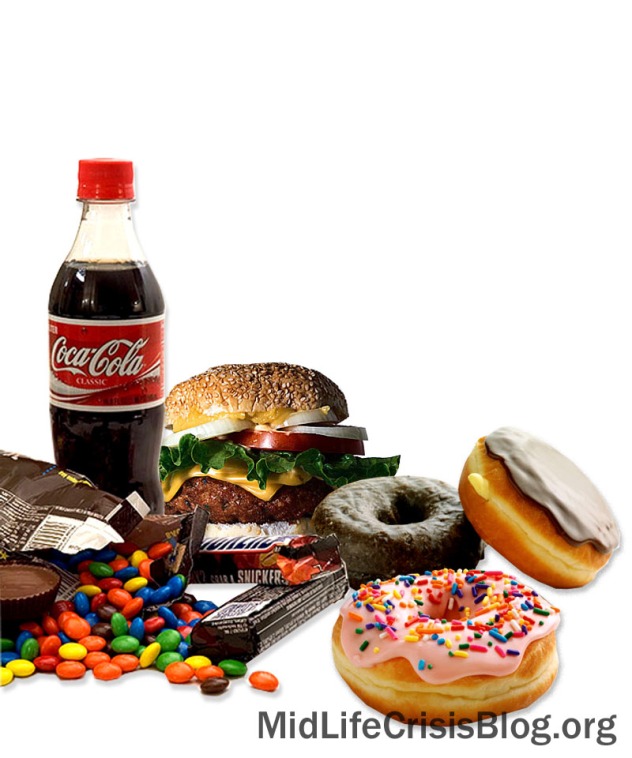

Reply